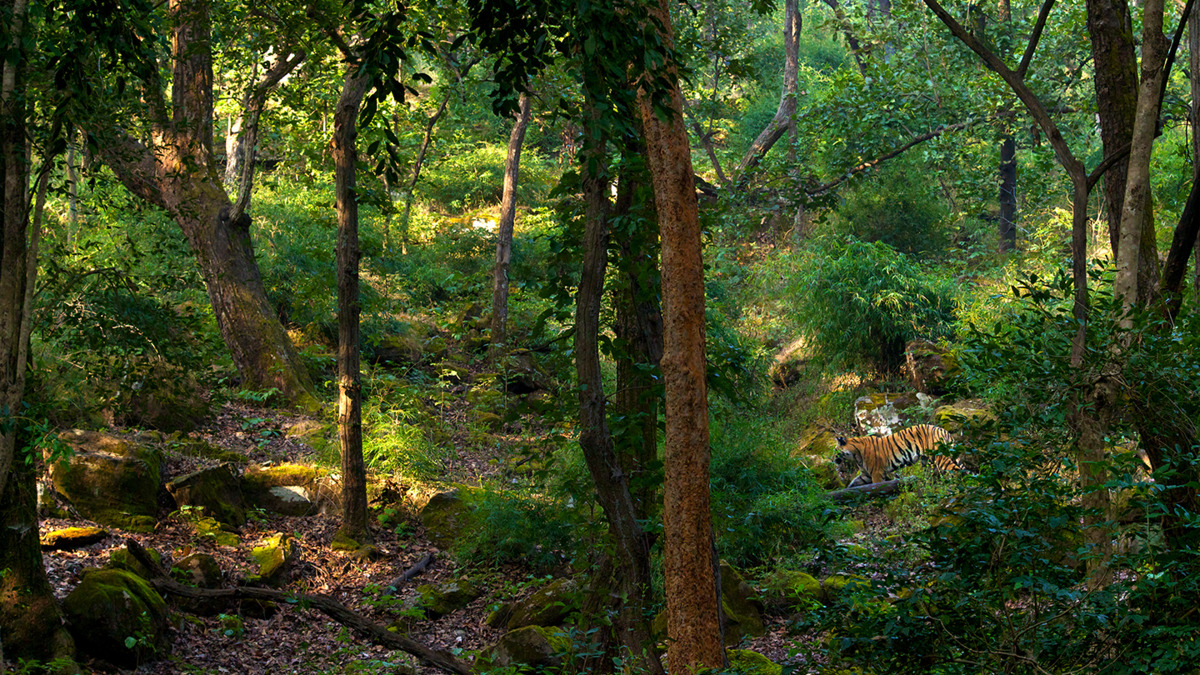Tigers
Why WCS?
50+ percent
We collaborate with local governments to conserve greater than 50% of the world’s remaining wild tigers.
75+ percent
WCS is a leader in both tiger conservation and tiger science. WCS scientists have been responsible for over 75% of all peer-reviewed published tiger research.
8 range states
WCS works to conserve tigers in 8 of the 10 remaining range states in Asia.
On Our Strategies
Protecting Tigers and Their Habitat
WCS provides key technical support to local governments regarding tigers that assists in the creation and expansion of dozens of protected areas (PAs) across Asia, thereby protecting thousands of square kilometers of tiger habitat. In addition, WCS provides technical support and intelligence to park rangers and local enforcement agencies that enables the capture of hundreds of illegal poachers and traffickers of tigers and their prey.
Related News
-
October 10, 2025
New IUCN Assessment Finds Hope for Tiger Recovery Despite Critical Depletion
Read the story
-
July 27, 2024
Great News for the Endangered Tiger: A 250 Percent Increase in Tiger Numbers Recorded in Thailand
Read the story
-
February 27, 2024
NASA Space Technology and Google Earth Engine Computing Power Are Helping to Save Tigers
Read the story
View All News
New IUCN Assessment Finds Hope for Tiger Recovery Despite Critical Depletion
Read the storyGreat News for the Endangered Tiger: A 250 Percent Increase in Tiger Numbers Recorded in Thailand
Read the storyNASA Space Technology and Google Earth Engine Computing Power Are Helping to Save Tigers
Read the storySign Up for Email Updates
Get news from the field and learn about ways you can help Earth’s most threatened species.




